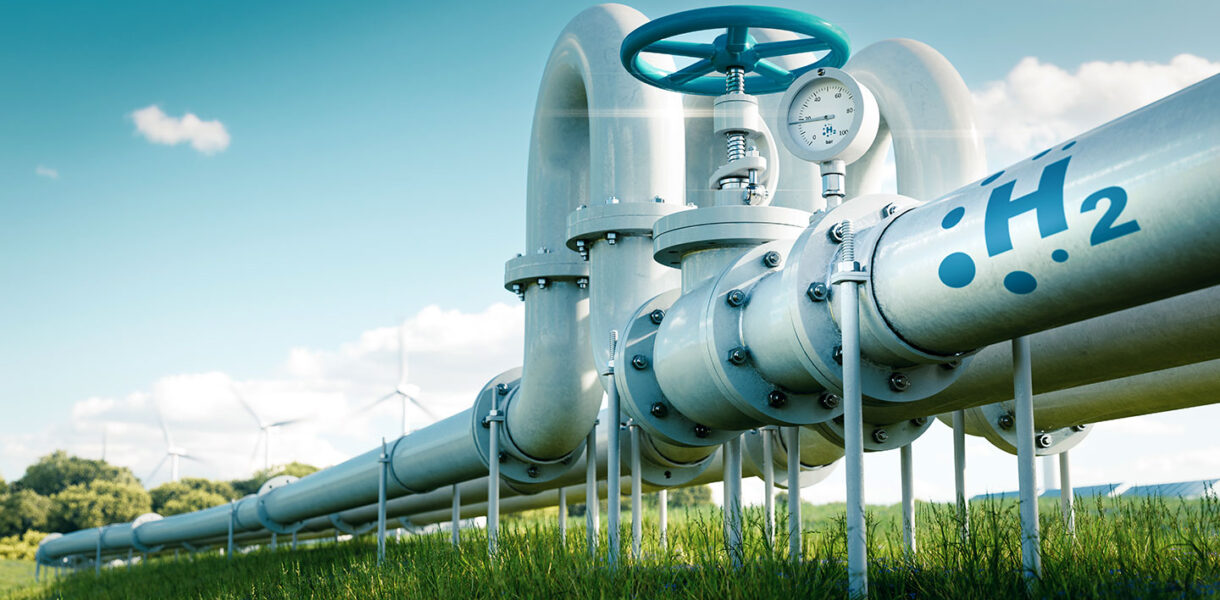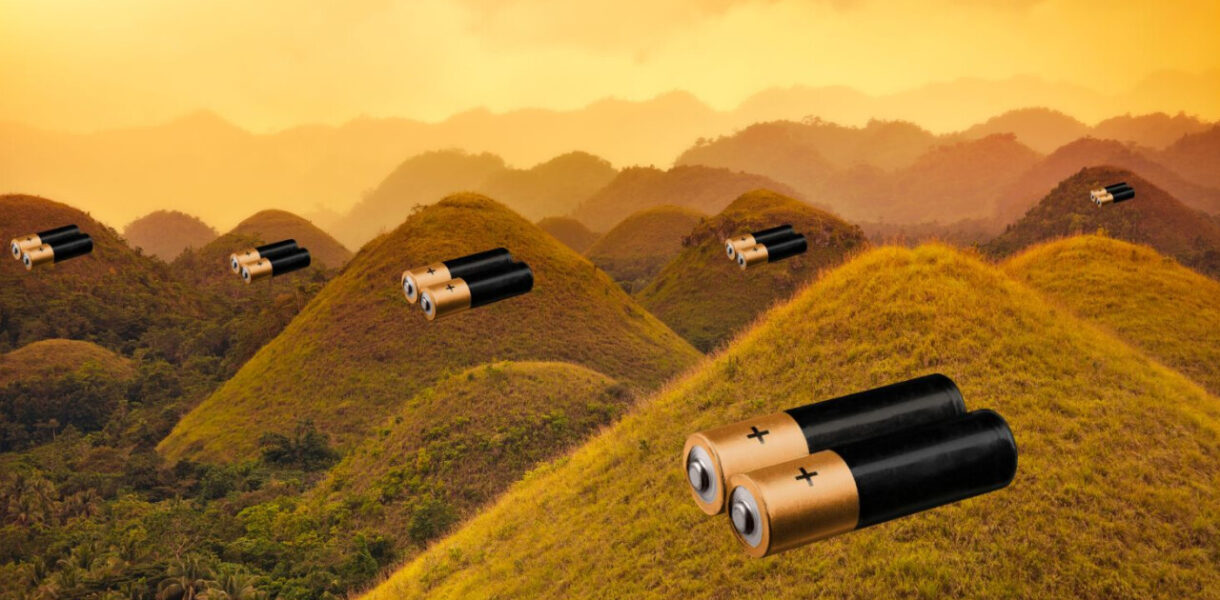Coating systems have always played a crucial role in industries such as automotive, construction, and aerospace. The continuous demand for advanced coatings that offer enhanced durability, corrosion resistance, and flexibility has driven researchers to explore new avenues. As a result, hydro coating systems have emerged as a game-changing technology that revolutionizes the world of coating system research.
Introduction to Hydro Coating Systems
Hydro coating, also known as water transfer printing or hydrographics, is a method of applying decorative patterns or protective coatings to three-dimensional objects. Unlike traditional coating techniques, hydro coating allows the transfer of ink or coatings onto complex shapes with intricate details. This process involves immersing an object into a tank filled with water, where a specialized film carrying the desired pattern or coating is carefully placed. The object is then dipped into the water, and the film adheres to its surface, resulting in a flawless and uniform finish.
The Advantages of Hydro Coating Systems
1. Versatility and Aesthetics
One of the main advantages of hydro coating systems is their versatility. They can be applied to various materials, including metals, plastics, ceramics, and wood. Whether it’s automotive parts, electronic devices, sporting equipment, or even household items, hydro coating can transform their appearance with a vast range of patterns and colors. The ability to create highly detailed and intricate designs makes hydro coating an attractive option for industries where aesthetics matter.
2. Durability and Protection
Hydro coating systems offer more than just a visually appealing finish. They also provide excellent durability and protection to the coated objects. By using polyurea, a type of protective coating commonly used in hydro coating, the objects gain increased resistance to abrasion, chemicals, corrosion, and UV radiation. This ensures that the coated objects can withstand harsh environments and maintain their appearance and functionality over an extended period.
3. Cost-Effectiveness and Efficiency
Compared to traditional coating methods, hydro coating systems offer significant cost savings and efficiency benefits. The process itself is relatively quick, as the film adheres instantly upon contact with the object. This eliminates the need for additional drying or curing time, resulting in faster production cycles. Additionally, the hydro coating film is cost-effective, as it eliminates the waste generated by over-spraying, common in traditional coating processes.
The Role of Hydro Coating Systems in Research
Hydro coating systems have opened up new possibilities for researchers in the field of coating systems. These innovative systems enable researchers to explore novel coating techniques, test the performance of different coatings, and develop advanced formulations to meet industry-specific requirements.
1. Development of High-Performance Polyurea Coatings
Polyurea is a key component of hydro coating systems due to its exceptional durability and protective properties. Researchers can utilize hydro coating systems to evaluate the performance of polyurea coatings under different conditions and optimize their formulations accordingly. This ensures the development of high-performance coatings that meet the stringent standards of industries such as automotive, marine, and construction.
2. Enhancing Coating Application Techniques
Hydro coating systems provide a controlled and precise method for applying coatings to complex shapes. This capability opens up opportunities for researchers to study and enhance coating application techniques. By understanding the behavior of coatings during immersion and transfer, researchers can develop strategies to improve coating uniformity, adhesion, and thickness control.
3. Exploring New Decorative Options
Hydro coating systems offer a wide range of decorative patterns and colors, making them ideal for researching new and unique decorative options. Researchers can investigate the influence of variables such as film properties, immersion techniques, and post-processing treatments on the final appearance of coated objects. This enables the creation of customized and visually striking coatings that can give products a competitive edge in the market.
Conclusion
Hydro coating systems have undoubtedly revolutionized the world of coating system research. With their versatility, durability, and cost-effectiveness, these systems have become an integral part of industries aiming to enhance both the aesthetics and functionality of their products. Moreover, researchers can leverage hydro coating systems to develop high-performance coatings, enhance application techniques, and explore innovative decorative options. As the demand for advanced coatings continues to grow, hydro coating systems remain at the forefront, driving innovation in the field of coating system research.


